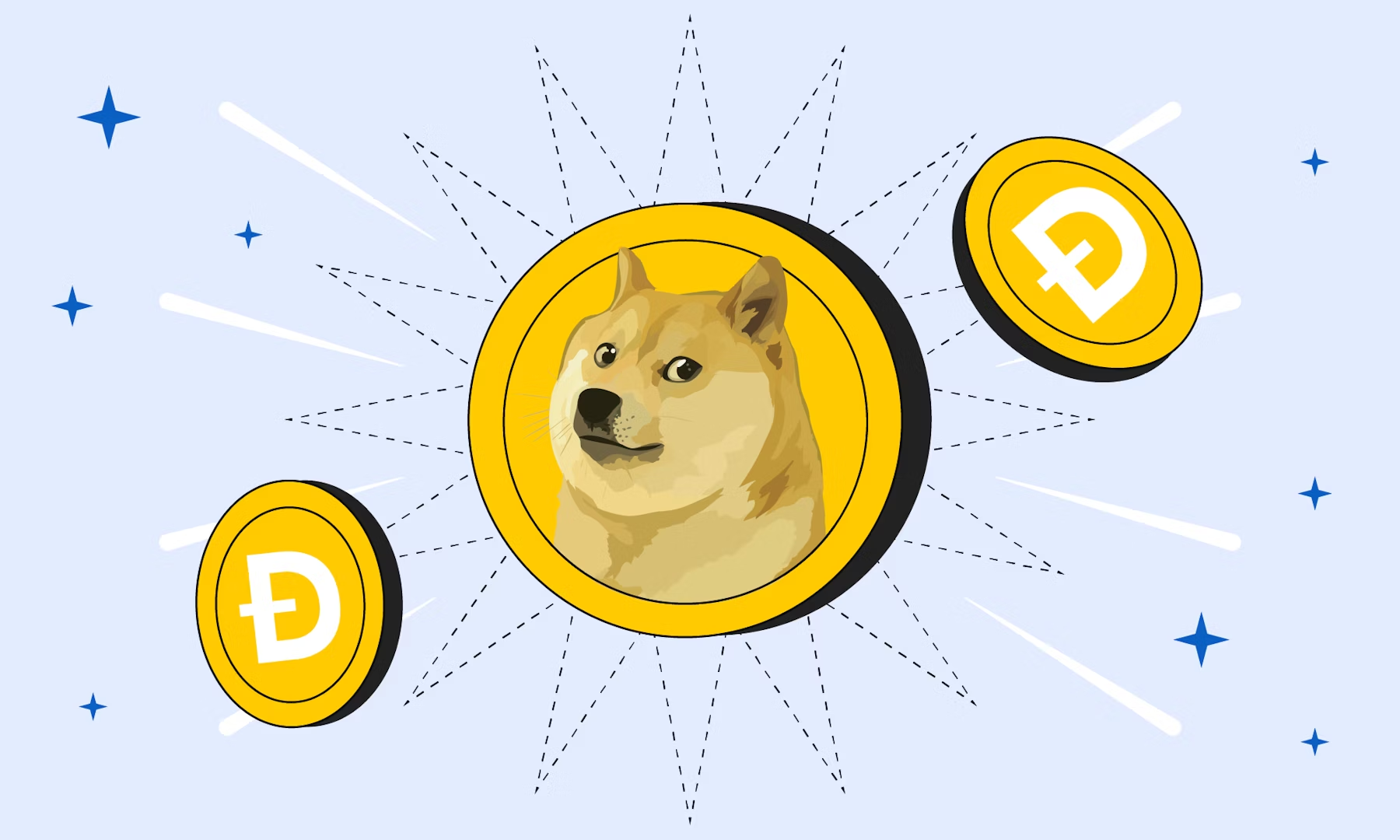Dogecoin started as a joke but defies crypto norms with endless supply and wild celebrity-driven swings. Its true purpose might surprise you.
Dogecoin might be the internet’s favorite crypto ‘meme coin,’ but what exactly is it? Born in 2013 as a lighthearted joke, Dogecoin has grown into a strange but notable player in the cryptocurrency world. If you’ve ever wondered what Dogecoins are all about, here’s a clear-cut rundown.
First off, Dogecoin started with its mascot: the Shiba Inu dog from a viral meme. It wasn’t meant to be serious money, just a fun crypto experiment. But, as Investopedia explains, it quickly gained traction. People were attracted by its simple branding and friendly community, setting it apart from the more complex and intimidating cryptocurrencies like Bitcoin.
“Dogecoin was created as a joke, but has developed a dedicated base, with a market capitalization ranking it among the more prominent cryptocurrencies.” – Investopedia
Unlike Bitcoin, which has a cap of 21 million coins, Dogecoin’s supply is deliberately inflationary. That means there’s no maximum number of Dogecoins. New coins are created continuously through mining, at a fixed rate of about 10,000 dogecoins per block. This design is meant to encourage continual use and tipping rather than hoarding.
This leads us to one of Dogecoin’s biggest uses: tipping culture on social media. Users send small amounts of Dogecoin to reward content they like, much like giving a digital ‘thank you’ or ‘tip jar’ online. It’s one of the few cryptocurrencies that carved out a niche as an everyday digital token for microtransactions on platforms like Reddit and Twitter.
“Dogecoin thrives on its active community and is popular for small transactions and tipping.” – CoinDesk
Speaking of social media, Dogecoin’s price has often been influenced — or shall we say manipulated? — by celebrity endorsements and viral hype. Elon Musk, the tech billionaire, has repeatedly tweeted about Dogecoin, sending its value on wild rides. For instance, a single tweet can cause sudden surges or crashes, reflecting the fragility of Dogecoin’s price compared to more stable coins.
Chainalysis, a leader in blockchain data, notes that while Dogecoin maintains a decent presence in the crypto ecosystem, its volatility is intensified by such external factors. “Dogecoin’s market motion is more sentiment-driven than fundamentals-driven,” they point out.
Let’s cut through the noise with some key facts about Dogecoin:
- Origin: Created in December 2013 by Billy Markus and Jackson Palmer as a parody of the crypto craze.
- Supply: Inflationary with billions of coins in circulation and no hard cap.
- Use case: Primarily used for tipping and small online transactions, fostering a fun and vibrant community.
- Price drivers: Heavily influenced by social media hype, sometimes leading to dramatic, unpredictable swings.
While Dogecoin might have started as a joke, it’s clear the coin found a niche. Its inflationary supply model differs sharply from Bitcoin’s scarcity focus, making it more like a currency designed for spending than hoarding.
Sources like CoinDesk and Chainalysis reports show that despite all the memes and hype, Dogecoin represents a real social and technological experiment in digital currency behavior.





